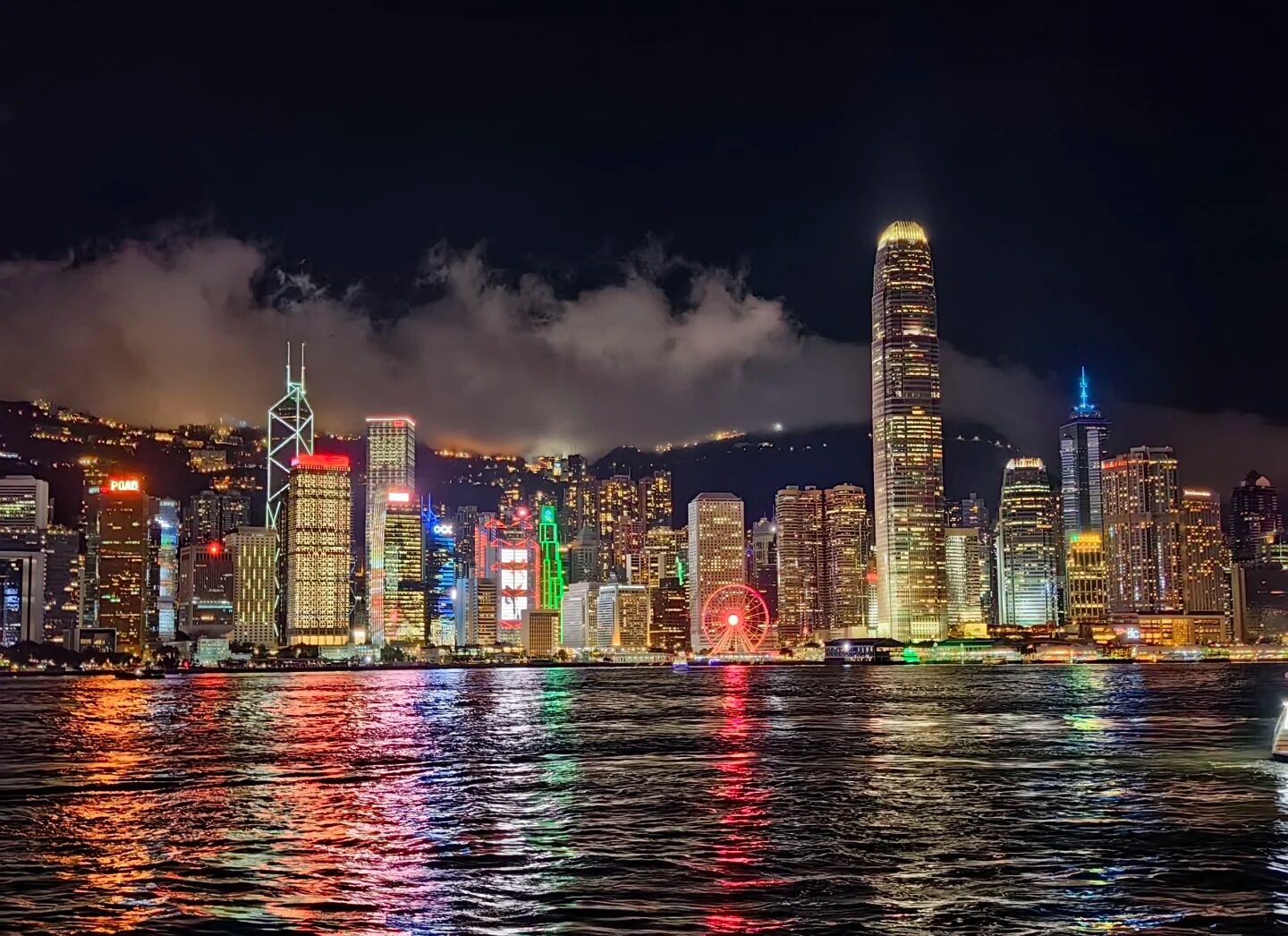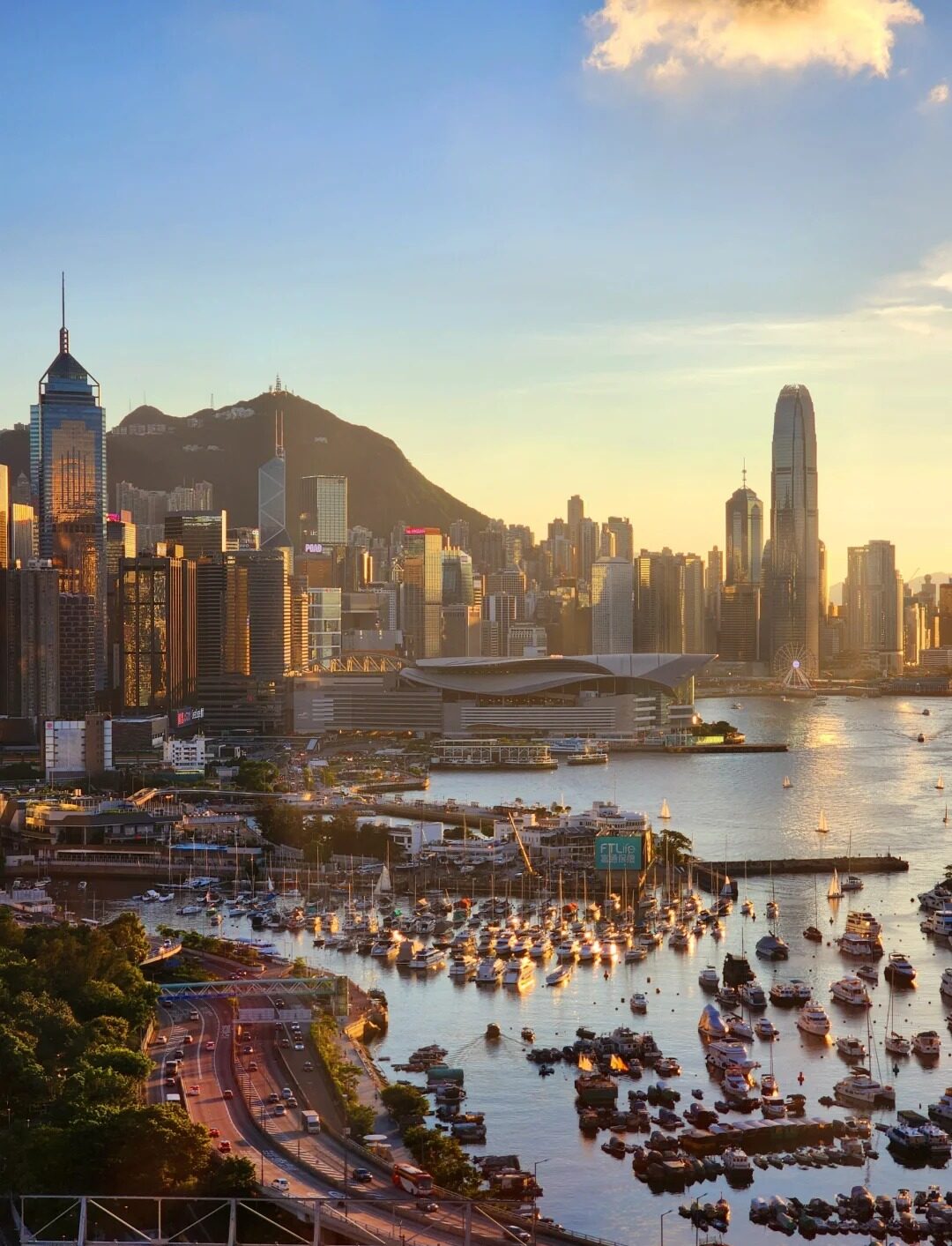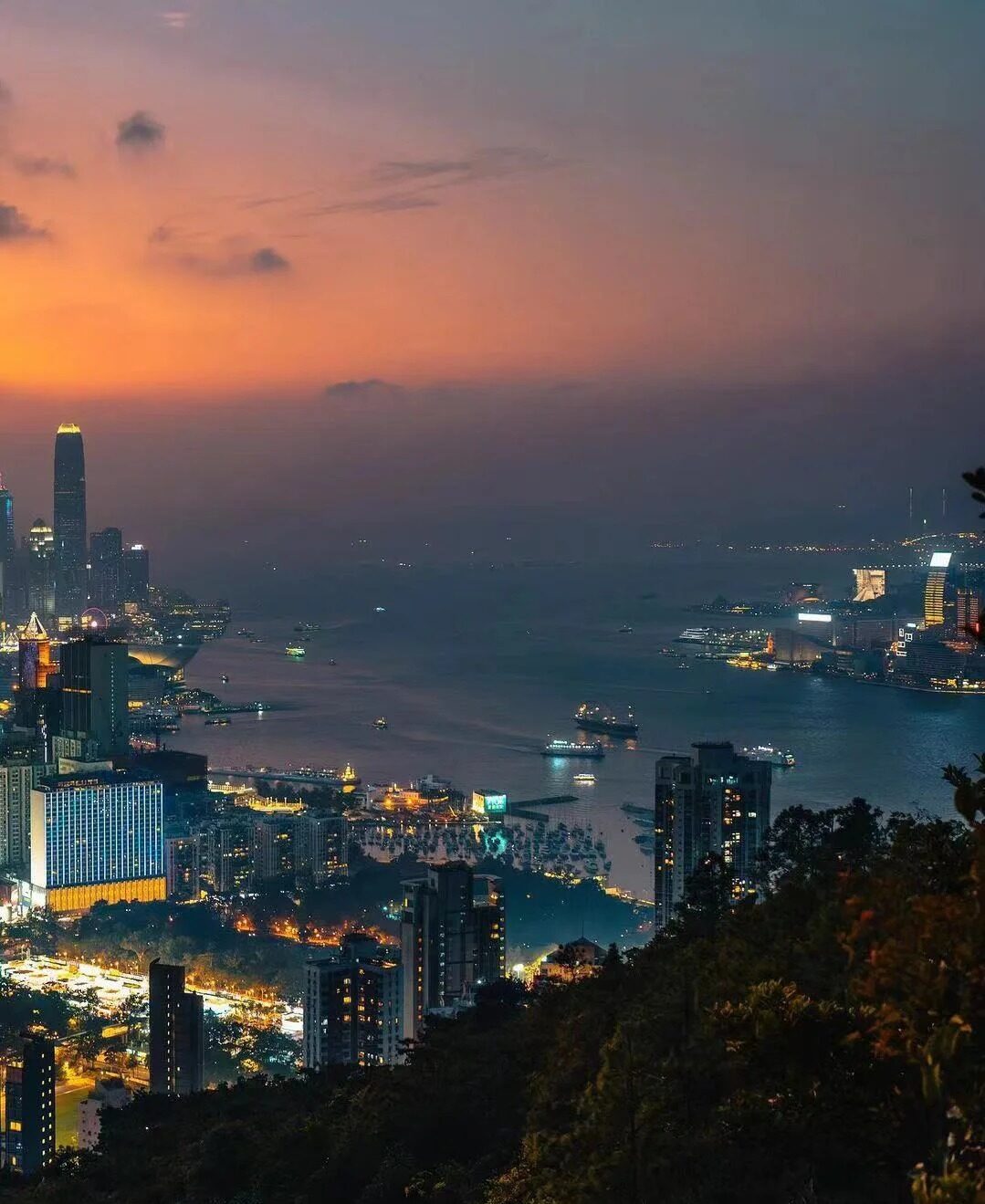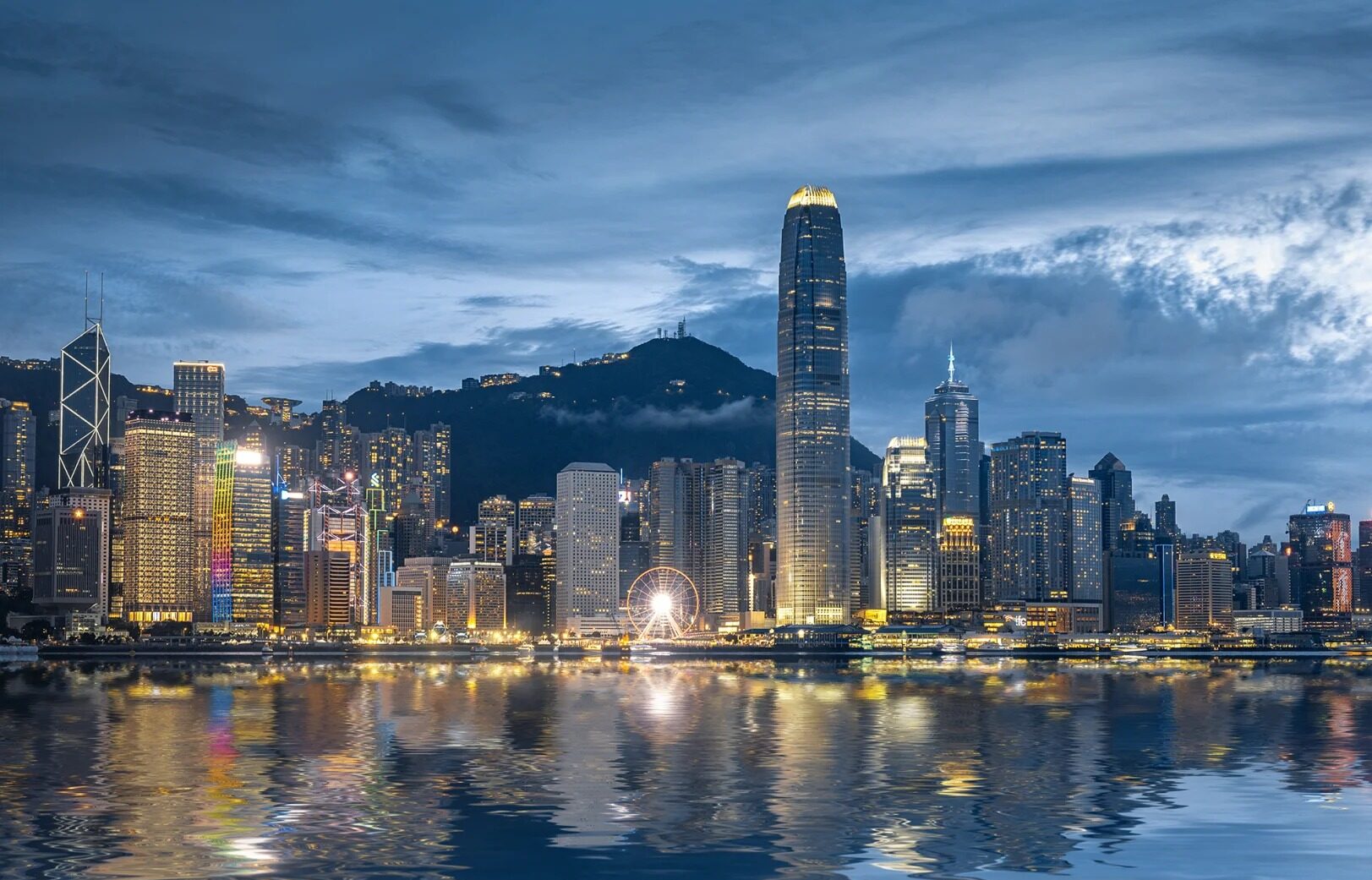Introduction to the Hong Kong Skyline
Hong Kong’s skyline is a breathtaking testament to human ambition and architectural ingenuity. This forest of skyscrapers, rising dramatically from the shores of Victoria Harbour, has become one of the world’s most recognizable urban vistas. More than just a collection of buildings, the Hong Kong skyline is a powerful symbol of the city’s economic might, cultural dynamism, and relentless pursuit of progress.

Evolution of the Skyline
The transformation of Hong Kong’s skyline mirrors the city’s own remarkable journey:
- Colonial Era (1841-1941): Low-rise European-style buildings dominated.
- Post-War Boom (1950s-1970s): Rapid urbanization saw the rise of utilitarian high-rises.
- Economic Miracle (1980s-1990s): Iconic skyscrapers emerged, defining the modern skyline.
- 21st Century: Continuous evolution with ever-taller and more innovative structures.
Each era has left its mark, creating a layered cityscape that tells the story of Hong Kong’s past and present.

Iconic Buildings and Landmarks
| Building | Height | Year Completed | Notable Features |
|---|---|---|---|
| International Commerce Centre | 484m | 2010 | Tallest building in HK, Sky100 observation deck |
| Two International Finance Centre | 415m | 2003 | Featured in “The Dark Knight” movie |
| Bank of China Tower | 367m | 1990 | Distinctive triangular patterns, controversy over feng shui |
These architectural marvels are more than just tall buildings. The Bank of China Tower, designed by I.M. Pei, sparked discussions about cultural sensitivity in architecture. The International Commerce Centre, on the other hand, symbolizes Hong Kong’s continued growth and ambition in the 21st century.
Best Viewpoints to Admire the Skyline
- Victoria Peak: The classic panoramic view of the city and harbor.
- Tsim Sha Tsui Promenade: Offers a ground-level perspective across Victoria Harbour.
- Sky100 Observation Deck: Indoor viewing from the 100th floor of ICC.
- Rooftop bars: OZONE at The Ritz-Carlton and Sevva in Central offer luxurious vantage points.
Each location provides a unique perspective on the cityscape, from the sweeping vistas of Victoria Peak to the up-close details visible from harborside promenades.

The Symphony of Lights
Every night at 8 PM, Hong Kong’s skyline comes alive in a spectacular light and sound show. This “Symphony of Lights” involves more than 40 buildings on both sides of Victoria Harbour, synchronized to music and narration.
Best viewing locations:
- Tsim Sha Tsui Waterfront
- Golden Bauhinia Square in Wan Chai
Launched in 2004, the show has become a nightly celebration of Hong Kong’s vitality and a major tourist attraction, reinforcing the skyline’s role in the city’s identity.

Photography Tips for Capturing the Skyline
- Golden Hour: Shoot just before sunset for warm, dramatic lighting.
- Blue Hour: Capture the city lights coming alive against the deep blue sky after sunset.
- Equipment: A tripod is essential for night shots. Wide-angle lenses help capture the skyline’s breadth.
- Locations: Lugard Road on Victoria Peak offers unobstructed views. For reflections, try the Tsim Sha Tsui waterfront.
Remember to experiment with long exposures to capture the movement of boats in the harbor, adding dynamism to your skyline shots.

The Skyline’s Impact on Hong Kong’s Identity
The Hong Kong skyline is more than an architectural achievement; it’s a source of pride for locals and a powerful branding tool for the city. It represents Hong Kong’s resilience, ambition, and unique position as a bridge between East and West.
Looking to the future, projects like the West Kowloon Cultural District promise to add cultural landmarks to the predominantly commercial skyline, reflecting Hong Kong’s aspirations to be not just a financial powerhouse, but a cultural capital as well.
The skyline continues to evolve, with new skyscrapers planned and old ones being renovated. This constant change echoes Hong Kong’s own adaptability and forward-looking spirit.
As night falls and the lights flicker on across the harbor, Hong Kong’s skyline stands as a shimmering reminder of human achievement and the endless possibilities that arise when innovation meets determination. It’s not just a vista; it’s a vision of the future, written in steel and glass against the sky.





